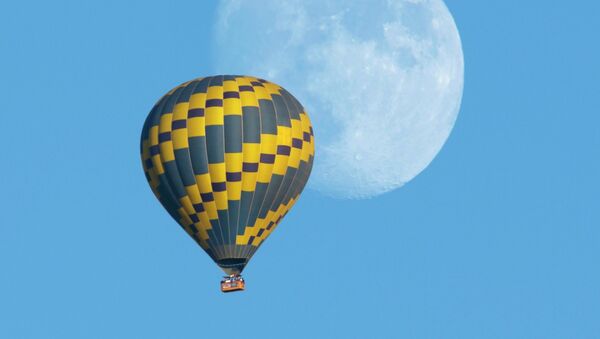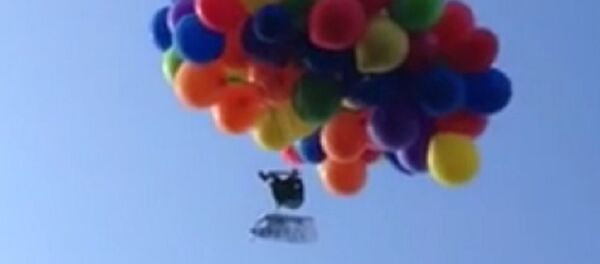Seven drugs were found in Alfred Nichols' system, according to documents released during the National Transportation Safety Board's hearing on the crash December 9. Three of them — diazepam (known as Valium), the painkiller oxycodone and methylphenidate (the attention-deficit disorder drug Ritalin) — would legally prevent a pilot from obtaining a medical certificate, ABC News reports.
A muscle relaxant and an antihistamine also found in his system are drugs pilots are told not to fly while taking, as they can impair decision making.
The FAA does not require hot air balloon pilots to hold a medical certificate, though both fixed-wing and helicopter pilots must.
FAA Federal Air Surgeon James Fraser said at the hearing that even pilots who are not legally required to hold a medical certificate are still responsible for staying on the ground if they are not fit to fly.
"Certainly if he could read the English language, he would know these medications would not be allowed," Fraser testified, according to ABC.
Nichols suffered from high blood pressure, elevated cholesterol, diabetes, depression, attention deficit disorder, insomnia, fibromyalgia and chronic back pain, according to a report presented at the hearing, and was prescribed at least 10 different drugs to manage them.
Experts at the hearing also said Nichols, 49, who died in the crash along with 15 passengers, took the balloon up despite knowing weather conditions were treacherous. Several testified that they would not have flown in the weather that day, in which the cloud ceiling was low and the forecast did not call for skies to clear, AP reports.
Nichols reportedly said he would "fly in between [the clouds]" and "We find a hole and we go."
The balloon hit high-tension power lines and then crashed near Lockhart, Texas.
Nichols had at least four convictions for drunk driving and had more than once spent time in prison.
A final report on the crash will be issued by the NTSB in early 2017.




